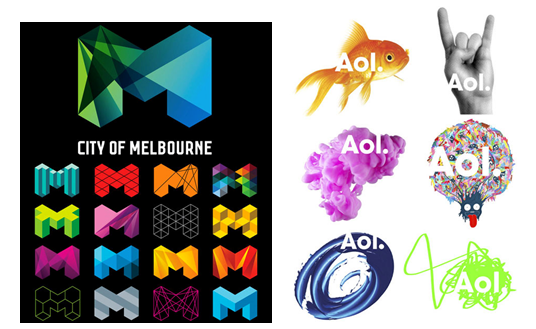But we now live in a different world where society is more diverse and fluid. A world bursting with new technologies, ideas and possibilities. Brands have to reach beyond their traditional marketing methods to reach their target audience and to stay ahead of the curve.
This means brands are forced to break the boundaries of their guidelines, set rules and capture the attention of their clients. Brands should nowadays give themselves permission to be more surprising, to listen what their clients are saying and to cater to those desires.
Because of the dominance of social media, brand identities can now be defined more by their customers than by the companies themselves. The ideal balance, however, is the ability to be flexible while keeping the core principles and attributes of the brand intact
The question is how does one go about loosely, yet effectively defining a brand language?
A brand language is no longer solely based on the look and feel and structure of the marketing content, but rather the interaction between brand and consumer. This interaction does not refer only to social media, but to all platforms the brand markets itself in. The flexibility of the brand in this regard refers to brand material that is logo use, font use, colour use, imagery and the brand tone when interacting with clients in the digital space. How do you stand out and why should your target audience listen to you? Are you saying what they want to hear or are you following a predetermined recipe for your brand communication?

The images above clearly shows how a brand can be flexible and adapt to any platform it is used in.
The best way for a company to differentiate itself is to listen to their clients when they speak, to embrace new trends and to bend when every other brand is working hard not to break.





